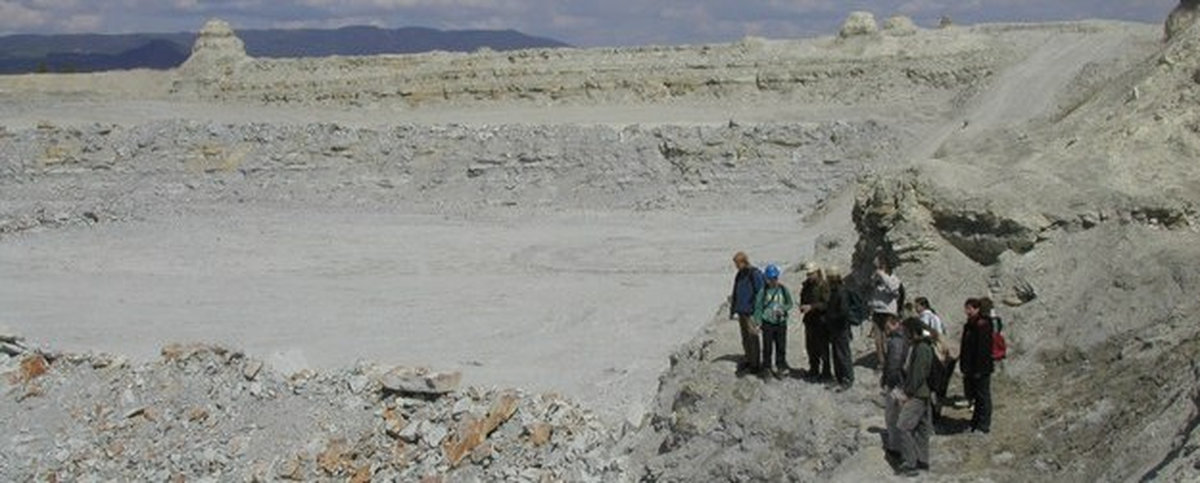The Institute organizes a number of diverse one- to multi-day field trips including a two-week geological mapping course (field camp) in the Bohemian Massif: a classic and textbook example of a collisional orogen with more than 2 billions of years of geological history. The field trips cover all the important geological processes and are thematically focused on volcanology, tectonics, development of sedimentary basins, stratigraphy, and palaeontology (Student Information System). On a regular basis, we also organize field trips abroad, for instance, to Germany, Finland, and the Alps.
Physical Geology field trip
A five-day field trip for the first year undergraduate students is devoted to both plate-tectonic and surface processes and includes up to 15 km long hikes along superbly exposed transects. On the way, students learn how to describe outcrops, measure structures using a geological compass, and draw simplified maps, cross-sections, and stratigraphic logs.

Geological mapping course
During this two-week field course, students learn the basics of geological mapping at the scale of 1:10,000, including careful documentation of outcrops and gathering the field data, compilation of their own geological map, drawing cross-sections, writing final reports, and developing models of geological evolution of the mapped units. Mapping courses take place in the best-exposed and most instructive areas of the Bohemian Massif.
Sedimentary Geology field trip
An advanced one-week field course is focused on physical sedimentology and sedimentary processes and includes outcrop documentation, mapping sedimentary bodies, and interpreting facies and stratigraphic boundaries. Students acquire a wide range of skills from description of sedimentary structures and lithostratigraphic units through paleocurrent analysis to interpretation of depositional environments and history.

Stratigraphy and Palaeontology field trips
The field trips lead to a number of localities and stratigraphic sections all over the Bohemian Massif to cover key events in the Earth's history and all key periods of geological time from Precambrian to Quarternary. A particular attention is paid to precise outcrop documentation, drawing stratigraphic logs, and examining the fossil content. Finally, students attempt to interpret the palaeoenvironmental dynamics in the particular time period.






















